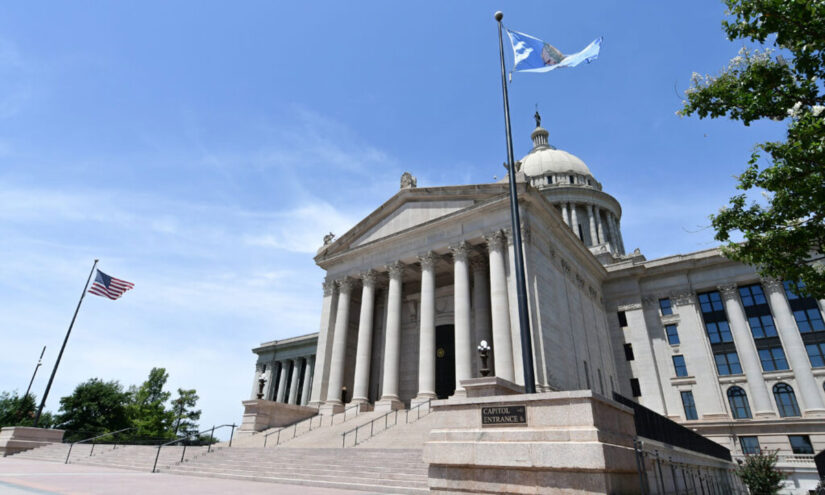During this summer, a team of students from MIT embarked on a journey to the sou …
30,000 Submissions for Private School Tax Credits Received by Oklahoma
Emma Wordsmith

Tens of thousands of Oklahoma families wasted no time in applying for private school tax credits as soon as the program was launched. In just an hour and a half, more than 30,000 submissions were received by the state for the new parental choice tax credits. This overwhelming demand has the potential to exhaust the entire $150 million budget allocated for the program. Governor Kevin Stitt expressed his amazement at the response and urged the legislature to explore ways to allow more families to apply for this tax credit in the future.
Oklahoma currently has around 32,000 students enrolled in private schools. Over 150 private schools had already registered with the program by Wednesday afternoon to make their students eligible to apply. The refundable tax credits range from $5,000 to $7,500 per student and can be used to offset the costs of private school tuition and other educational expenses. The exact amount a family can receive depends on their household income, with lower-earning families being eligible for larger tax credits. If all 30,000 applicants qualify for even the minimum tax credit amount, it is unlikely that any funds would be left from the program’s $150 million budget.
It is worth noting that the program’s budget will increase to $200 million in 2025 and $250 million in 2026. However, currently, families with a household income of $150,000 or less have priority consideration if they submit their applications before Feb. 5. For those outside of the priority group, the tax credits are awarded on a first-come-first-served basis, which encourages applicants to submit their forms as quickly as possible.
The Oklahoma Tax Commission has not provided any specific information or metrics regarding the total number of applications received or how many came from the priority group. The commission will use its own records to verify applicants’ household income, while Merit International, a contracted company, will assist with validating school enrollment documents, expense records, and vendor applications, as well as managing the program’s online platform.
Initially, Governor Stitt had announced that his family would apply for the tax credits, but he later changed his mind. This led to criticism from opponents of the program, particularly Democrats in the state legislature, who argued that the tax credits would primarily benefit wealthy families with children already attending private schools. However, Governor Stitt referred to the program as a “step towards true education freedom,” emphasizing that school choice should be accessible to all, not just the affluent.


